Maintaining good health requires constant attention to one’s physical condition. Everyone has the same struggles when trying to reach a healthy body mass index (BMI). People who have a hard time maintaining a healthy weight frequently turn to unhealthy ways to achieve their goal. Even when they eat a lot of junk food and calories all at once, don’t exercise, and maintain a sedentary lifestyle, they never seem to gain the weight they desire. Both being underweight and obese pose similar health risks. As far as healthy weight gain methods go, yoga is just up your alley.
Yoga Asanas To Gain Weight
Surya Namaskar
- Pranamasana or Sthitaprarthanasana, with hands in Namaste, and regular breathing.
- In the hasta-uttanasana (reverse twist), breathe in and bend your backwards.
- Asana (or Padahastasana): Bend forward, breathe out, and raise your hands to your toes.
- Ashwa-Sanchalanasana, while breathing in, place your right leg forward, interlocking it with your hands.
- Adho Mukha Svanasana (with the legs straight and the breath out): Bring the right leg back to rest beside the left as you lift your hips in a seated position.
- For the Ashtanga Namaskara breathing exercise, put your knees on the floor while you inhale and exhale, and then do the same with your chest and chin.
- In Bhujangasana, breathe in and lift your sternum.
- Exhaling deeply In Adho Mukha Svanasana, you can raise your hips by bringing your head into a straight line with your arms and legs.
- Ashwa Sanchalanasana (with inhalation only): place your left leg forward, interlocking it with your hands.
- Bring one leg forward in a full forward bend (Hastapadasana or Padahastasana) while exhaling (breathing out).
- To perform the backward bend (Hasta-uttanasana), inhale deeply and rise to your feet. Namaste (Pranamasana/Sthitaprarthanasana), breathe out, and lower your arms. Hold your hands together.
Benefits of Surya Namaskar
- Your whole well-being is affected.
- It enhances and activates every one of your organs.
- Every muscle in your body gets stronger
Who Should Not Perform Surya Namaskar?
- Problems with high blood pressure,
- Heart conditions,
- Having a baby.
- Dizziness
- Inflammation in the abdomen
- Back pain,
- Disc herniation
- Perimenopause,
- Disc bulge,
- Any underlying structural issues
Dhanurasana
- Lie face down on your stomach, turn your head and neck to the side, bend your knees, and hold your ankles with one hand.
- Raise your head and legs to a more balanced position, ensuring a firm spinal arch. Hold this position for a few seconds.
- Let go of your ankles and lower your head and legs into a prone position to go back to the beginning position.
Benefits of Dhanurasana
- Increased spinal flexibility and strength;
- Firmer muscles in the lower extremities, especially the thighs; and
- Firmer abdominal and pelvic muscles.
Who Should not do Dhanurasana?
Dhanurasana might be difficult to achieve for people with certain medical conditions, such as hernias, high blood pressure, heart issues, gastric ulcers, serious spinal disorders, osteoarthritis, or a protruding belly.
Also Read: The Importance of Breath in Yoga
Paschimottanasana
- Keep your back straight and your legs apart while you sit.
- With your palms facing down, fold your elbows, and bring your forearms parallel to the floor. Bring your hands to your chest.
- Breathe normally in, then, as you exhale, bring your belly button in and bend forward until your fingers meet your big toes. You can deepen the stretch by lowering your elbow to the floor and bringing your forehead to rest on top of your shin.
- Hold the position for a few seconds; then, exhale to release. Return to the starting position.
Benefits of Paschimottanasana
Among its many benefits are an increase in blood flow, a stretch for the spine, and relaxation of the muscles in the back, shoulders, and legs, both superficially and deeply.
Who Should Not Perform Paschimottanasana?
- Inflammations in the abdomen area, hernias, high blood pressure, heart issues, pregnancy, or stomach ulcers are reasons to avoid this product.
- Except for people with hyperthyroidism, serious spinal issues, myopia, glaucoma, or other serious eye diseases, everyone can practice dynamic variation to their best ability.
Matsyendrasana
- Maintain a straight back and legs. Bring your right heel toward the perineum and fold your right leg beneath your left hip.
- Bend your left knee and cross your right foot over your right thigh, bringing it close to your right knee. Always keep your left knee near to your chest.
- Exhale as you twist even farther, placing your left hand behind you with the palm facing outward. With your right hand, grasp your left toe as you bring your left knee under your right armpit. At the same time, tilt your head to the left.
- Reverse the order of your legs so that your right is on top and your left is bent over; hold for a few seconds; then, release by returning to the starting position.
Benefits of Ardh Matsyendrasana
- It twists the spine laterally.
- It stretches the hips, neck, and shoulders.
- Your spinal muscles, both superficial and deep, are massaged.
Who Should Not Perform Ardh Matsyendrasana?
- Hernia
- Acid ulcer
- Giving birth
- Disc herniation;
- Disorders affecting the knee
Conclusion
These Yoga Asanas For Weight Gain are great for a full-body workout and gaining muscle. In order to gain weight healthily, it is best to consume nutritious meals and perform yoga exercises at their maximum intensity. Cutting back on physical activity and eating junk food won’t help. Also, nothing will be done if you let your thoughts wander to negative places; instead, focus on enjoying and being excited about your task. When it comes to yoga, the golden rule is that a happy mind leads to a healthy body.

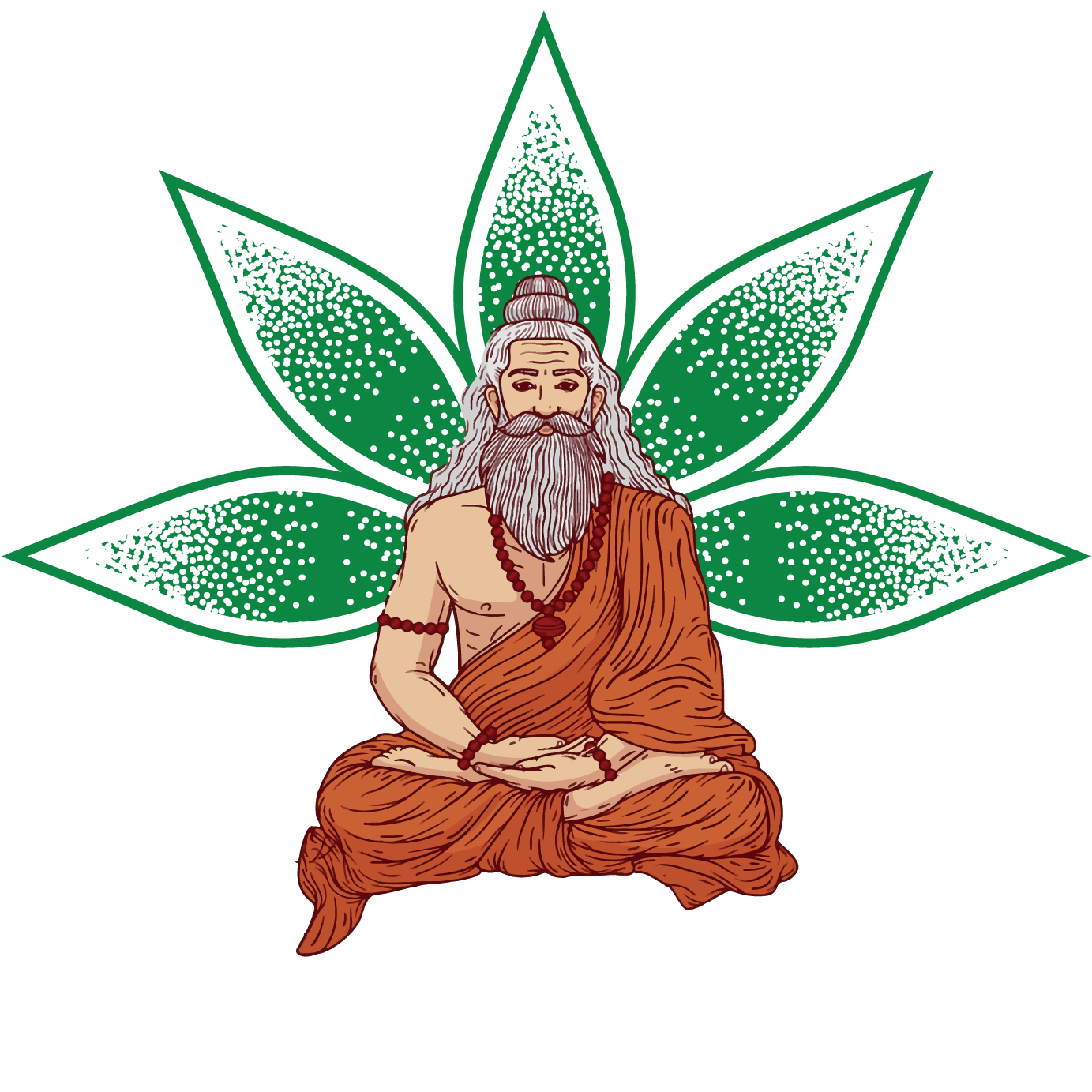
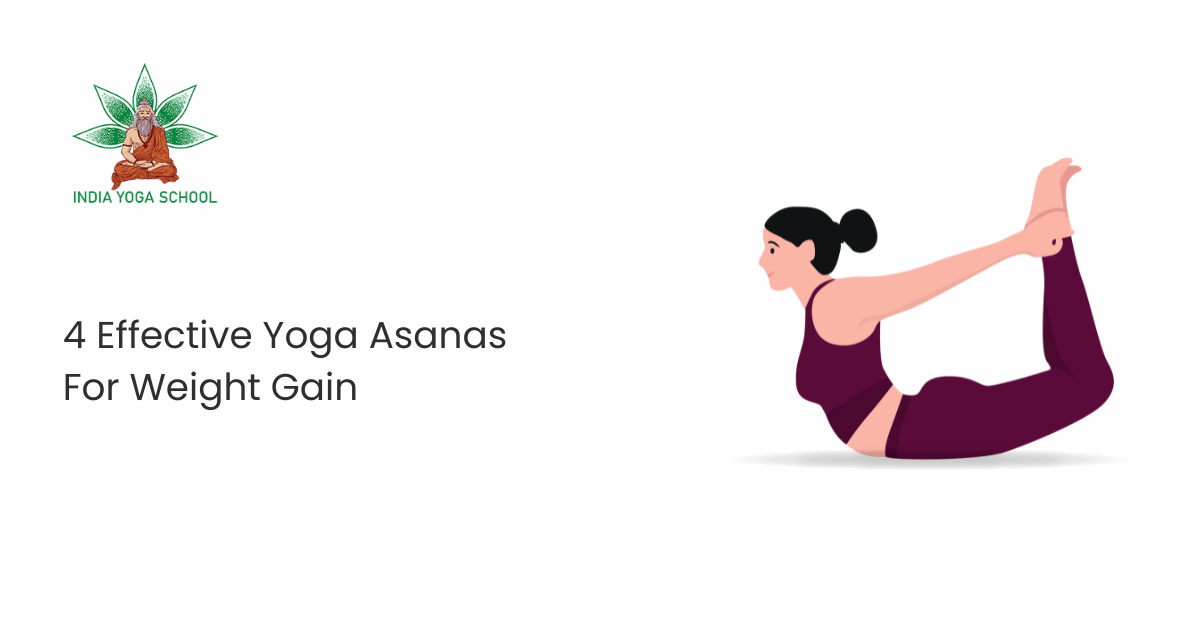
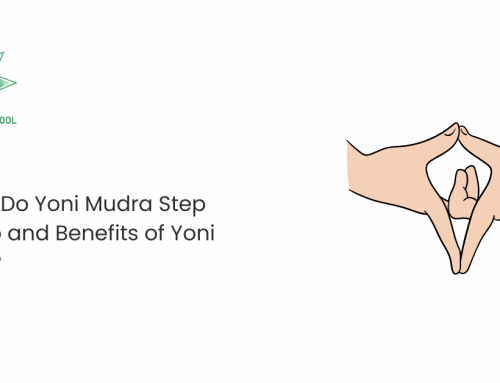
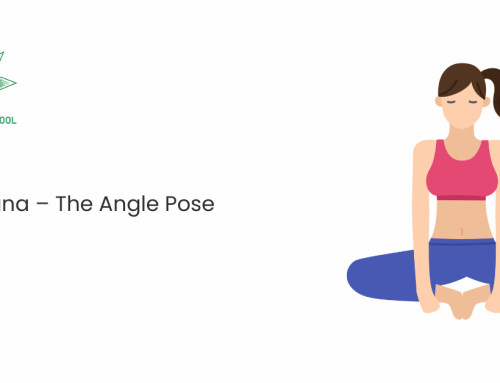
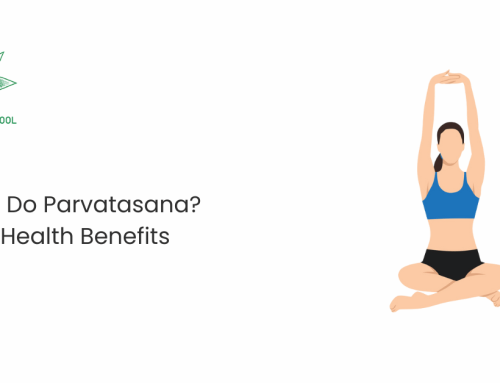
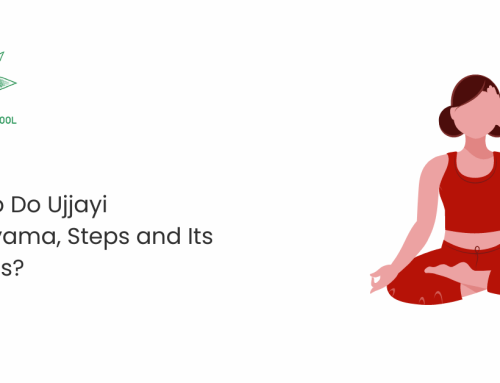
Leave A Comment